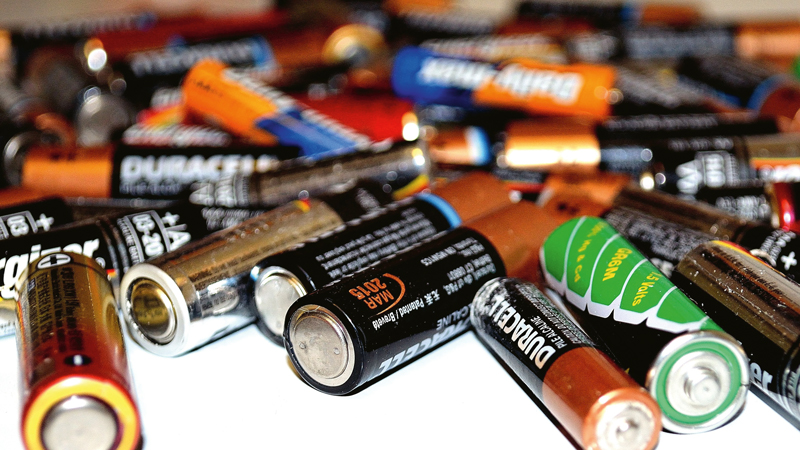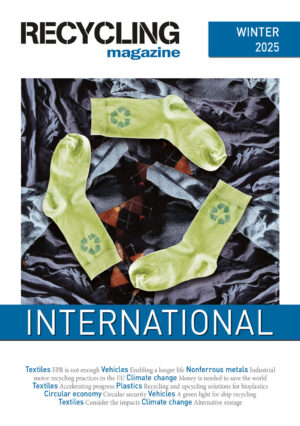The Commission updated the List of Waste on Wednesday (5 March) to keep batteries and their critical raw materials in the economy for longer. Batteries are a key technology to drive the green transition, support sustainable mobility, and contribute to climate neutrality by 2050. Access to shredded battery waste, known as “black mass”, is essential to ensure electric vehicle battery recycling. The Decision is adopted (together with the automotive action plan), both of which pave the way for a more sustainable and innovative automotive sector.
The decision clarifies that black mass shall be classified as hazardous waste. In accordance with the Basel Convention and the Waste Shipments Regulation, this will lead to better control of shipments of black mass and will ensure that black mass remains in the European economy. This supports the Battery Regulation’s objective of shifting to a circular economy, increasing security of supply for raw materials and energy, and enhancing the EU’s strategic autonomy.
New specific waste codes have been introduced to identify and support the proper management of waste from different stages of the batteries’ life cycle, including:
- Waste from battery manufacturing
- Waste from post-consumer batteries
- Intermediate fractions from battery recycling
The amendment considers the emergence of new battery chemistries, introducing new waste codes for lithium-based batteries and intermediate waste streams from battery recycling (“black mass”) to ensure their proper handling within and outside the EU.
Black mass, lithium-based, nickel-based, and zinc-based waste batteries, and sodium sulphur and alkaline waste batteries are now classed as hazardous. A new hazardous code for lithium-based batteries for separately collected municipal waste has also been added.
The amendment also aims to increase the protection of the environment and human health by ensuring proper management of battery-related waste. More broadly, this should also be seen in the context of a recycling value chain that works well, supporting the application of rules on recycling efficiencies for waste batteries and on recycled content in new batteries.
The amendment of the List of Waste will enter into force 20 days after its publication in the Official Journal of the EU if the European Parliament or the Council of the EU do not object to it, in accordance with Article 290(2) of the Treaty on the Functioning of the EU.











